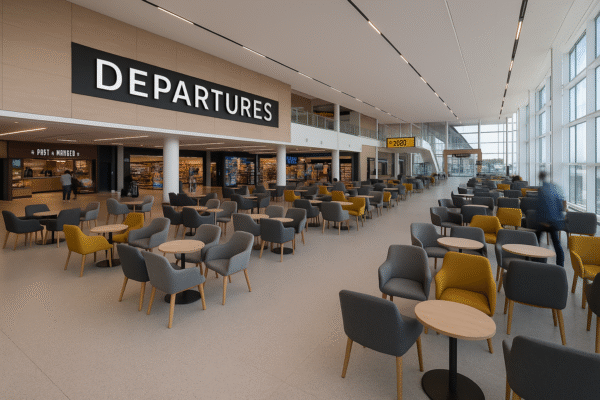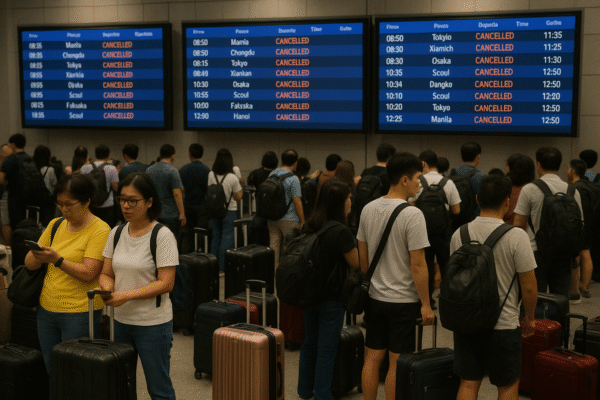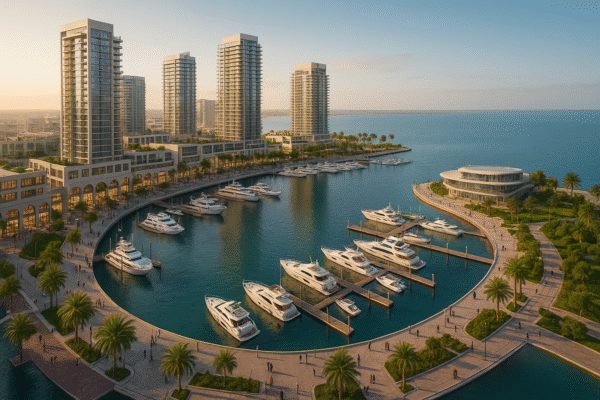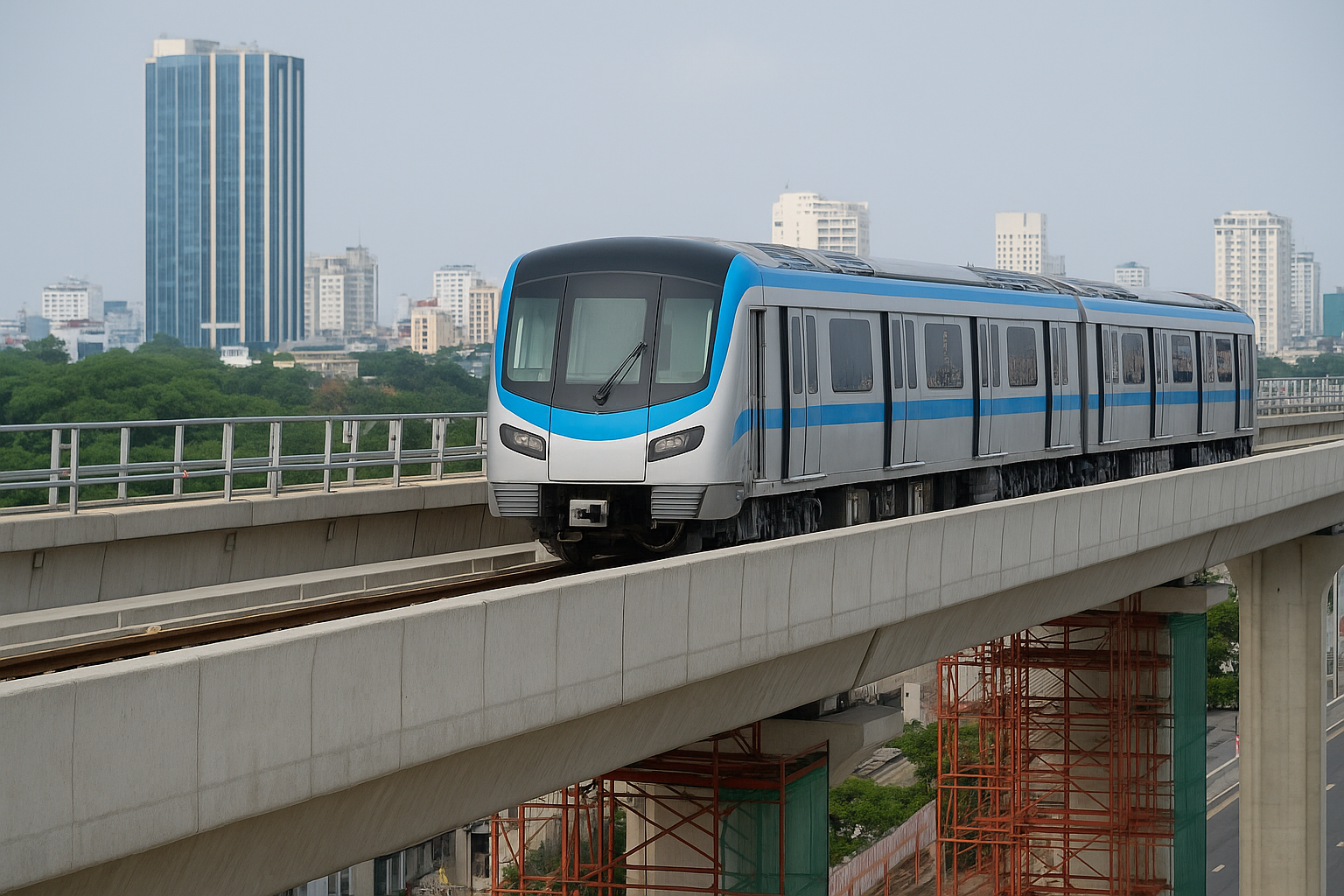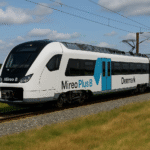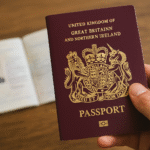HANOI, VIETNAM – In a bold leap toward solving chronic urban congestion, Hanoi is investing approximately $4.66 billion to build two new metro lines beginning in 2025. As the capital of Vietnam prepares for rapid population growth and urban sprawl, these projects represent a foundational shift in its long-term urban mobility strategy. The city is aiming to become a model of sustainable, efficient, and modern public transportation in Southeast Asia.
The upcoming metro lines — Metro Line 2 (Nam Thang Long–Tran Hung Dao) and Metro Line 5 (Van Cao–Hoa Lac) — are the next phases in Hanoi’s multi-decade transportation overhaul. With the vision of launching a total of 14 urban railway lines by 2050, Hanoi is putting in place the groundwork for a greener and more connected future.
Metro Line 2: Connecting Hanoi’s Core to Its Future
Set to begin operations on October 10, 2025, Metro Line 2 will run from Nam Thang Long to Tran Hung Dao, passing through the heart of the city’s dense urban zones. This line is poised to be a game-changer for commuters, providing a crucial north-south transit corridor through Hanoi’s historic and commercial districts.
The route will enhance access to the Old Quarter, Hoan Kiem, and key urban intersections, making travel faster and reducing the reliance on cars and motorbikes in the congested city center. According to the Hanoi Metropolitan Railway Management Board, this route is designed to handle high volumes of passengers efficiently, offering a modern and climate-friendly alternative to Hanoi’s traditional modes of transit.
Metro Line 5: Easing Traffic at the Western Gateway
The second major project is Metro Line 5, which will connect Van Cao to Hoa Lac, expected to be operational by December 19, 2025. This line targets one of Hanoi’s most gridlocked corridors — the western gateway that connects residential suburbs with the central business areas. The Van Cao–Hoa Lac route will stretch through Tay Ho, Cau Giay, and into High-Tech Park Hoa Lac, fostering better access to satellite towns and new development zones.
This new line is designed to reduce travel time from western suburbs to downtown Hanoi from over 90 minutes to approximately 35 minutes. In doing so, it will also support economic growth by improving the daily commute for workers, students, and tourists alike.
More Than Infrastructure: A Commitment to Quality of Life
These projects are not just about concrete and steel — they represent a tangible commitment to raising the quality of life for Hanoi’s nearly 9 million residents. The city’s traffic has long been one of the most pressing urban issues, exacerbated by narrow roads, surging vehicle ownership, and limited public transport alternatives. During peak hours, some commuters spend more than an hour to travel just a few kilometers.
By investing in rail infrastructure, Hanoi aims to cut vehicle emissions, reduce air pollution, and enhance urban livability. The shift toward rail transit also aligns with Vietnam’s national Green Growth Strategy, which promotes low-carbon development and sustainability across sectors.
The Ministry of Transport estimates that once the two lines are operational, they could collectively serve hundreds of thousands of daily riders, dramatically easing pressure on Hanoi’s roadways.
Smart City Vision: 14 Metro Lines by 2050
Metro Lines 2 and 5 are just the beginning. As part of the National Urban Railway Development Plan, Hanoi has committed to building 14 metro lines by 2050, totaling more than 550 kilometers of rail. These lines will form a comprehensive network integrating with bus rapid transit (BRT), electric buses, and regional railways to form a seamless and future-ready mobility ecosystem.
The city’s transport authorities have been working in partnership with international agencies like JICA (Japan International Cooperation Agency) and ADB (Asian Development Bank) to secure funding, technology, and expertise to ensure project delivery meets international standards.
Local and International Benefits
For travelers, the expanded metro network will make iconic Hanoi destinations — such as the Old Quarter, West Lake, and Noi Bai International Airport — more accessible. For residents, it means less time stuck in traffic and more time enjoying their city.
Moreover, the projects are expected to generate thousands of jobs, boost investment in surrounding neighborhoods, and serve as a blueprint for other Vietnamese cities like Ho Chi Minh City, Da Nang, and Can Tho, which also face urbanization pressures.
With over 2 million vehicles on Hanoi’s streets, the city’s efforts to reduce road dependence come at a critical time. As Southeast Asia grapples with climate change, Hanoi’s leadership in urban rail development could inspire regional cooperation in sustainable infrastructure planning.
Conclusion: Hanoi’s Transport Future Arrives on Track
With construction beginning on two landmark metro lines in 2025, Hanoi is embracing a future where urban growth is aligned with environmental responsibility and livability. The $4.66 billion investment in Metro Lines 2 and 5 is more than a transit upgrade — it is a foundational shift toward a smarter, cleaner, and more efficient Hanoi.
As these trains begin to roll out and reshape how people move around the Vietnamese capital, Hanoi is sending a strong message: a sustainable future isn’t just possible — it’s already being built.
For more travel news like this, keep reading Global Travel Wire

